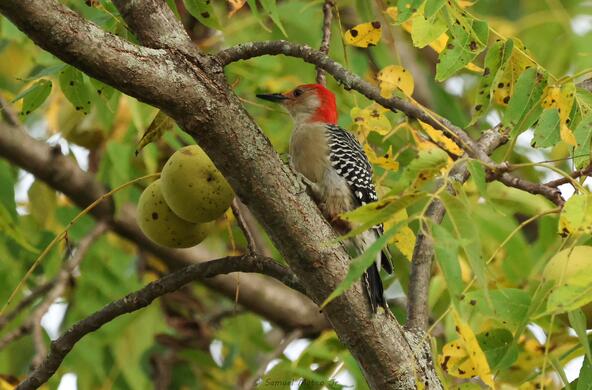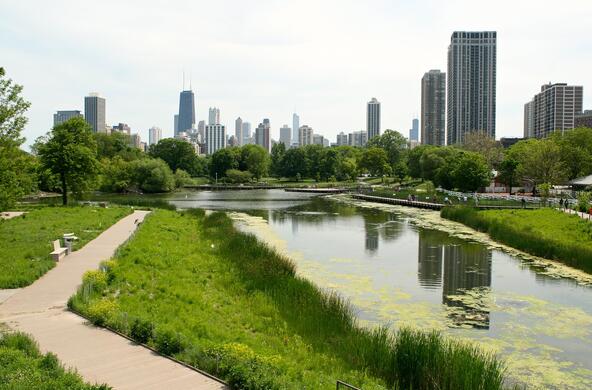The great American lawn is about as far from a natural ecosystem as one can get. These artificial landscapes require an inordinate amount of resources to keep them in the green and manicured condition Americans have come to expect.
Eighty percent of U.S. households have lawns that average about 1/5 of an acre in size. More than $10.4 billion is spent annually on lawn products; billions more are paid to commercial lawn care businesses. The petrochemical industry produces tons of pesticides to maintain lawns free of pests, diseases, and weeds.
All of the 32 popular lawn pesticides pose risks to our water supplies, aquatic organisms, and nontarget insects. According to the Environmental Protection Agency, over half are listed as carcinogens and one in five is a reproductive toxin. Almost half of the lawn pesticides sold in the U.S. have been banned or restricted by European countries.
Making a conscientious effort to minimize the amount of lawn in one’s landscape is a wise decision. If you reduce the size of your lawn, you can trade in your noisy, carbon-emitting gas mower for a human-powered push mower. It’s a win-win situation: doing something for the environment and getting some exercise at the same time.
Choosing a lower-maintenance grass seed can also make your lawn a little easier on the environment. While Grade-A Kentucky bluegrass produces a thick weed-free carpet, to remain lush it requires fertilizer, lime, pesticides, and a copious amount of water. I learned this lesson the hard way by running the Gifford House well dry irrigating this water-hungry turf.
With water restrictions becoming more and more frequent, tall turf-type fescues are a much better choice. Not only does this type of turf have significantly lower water and fertility needs compared to Kentucky bluegrass, it also stands up extremely well to foot traffic.
When shopping for grass seed, it is easy to get confused by the plethora of brands and mixes stocked on the shelves. See what your local stores carry, but before making a purchase visit the National Turfgrass Evaluation Program website (www.ntep.org) to see how your selection scored in rigorous regional tests.
Remember, the best lawn is a small lawn!






